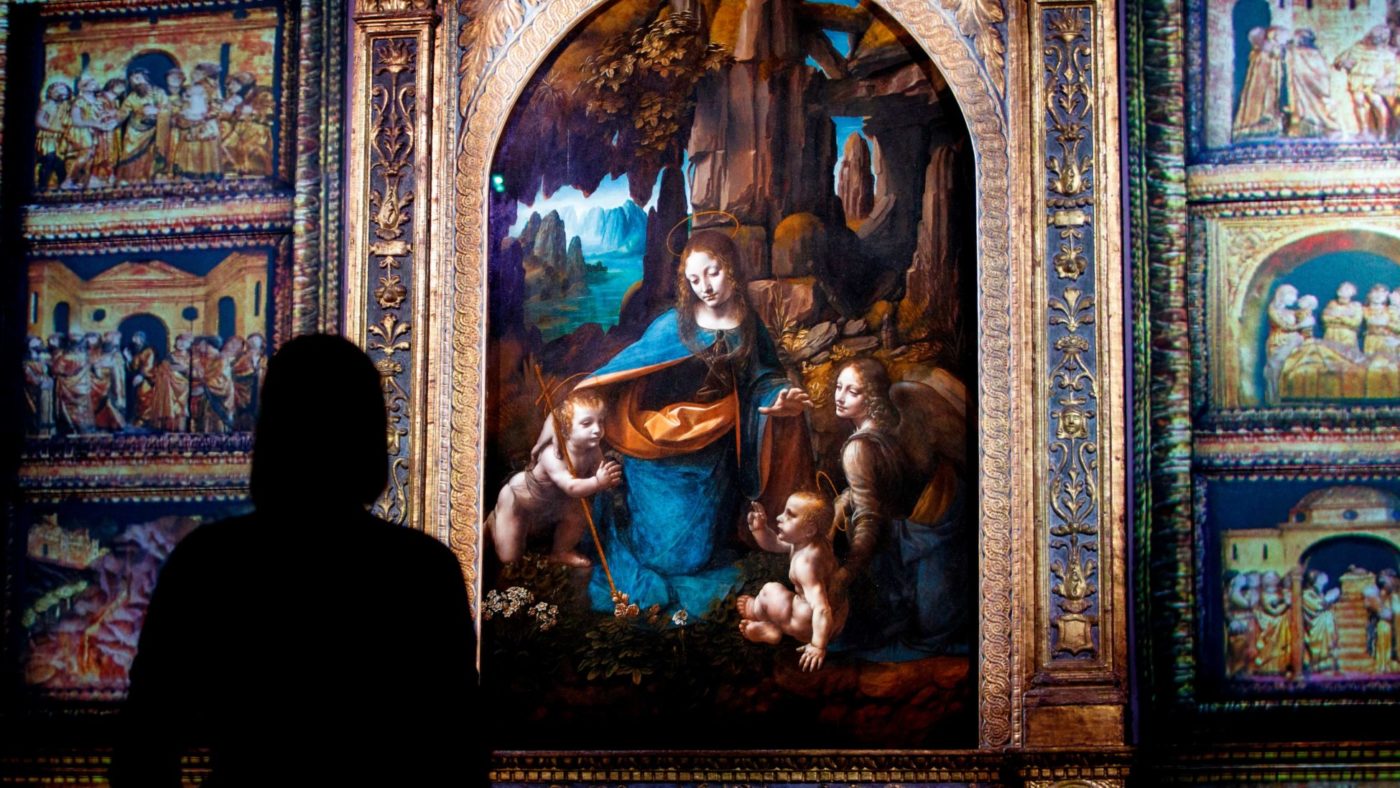Art is not a traditional commodity. It does not follow the normal rules of economics and it does not behave like a stock you buy and trade. For every Banksy, whose ‘Devolved Parliament’ oil painting sold at Sotheby’s for £9.8m in October, there are a thousand artists who will struggle to make a living wage from their work.
The art market, for so long a bastion of conservatism in a world of disruptors, is changing. Traditionally, most contemporary artists have been discovered and supported by galleries, but the gallery model is under unprecedented pressure.
More than half of all dealers experienced a fall in sales last year, according to the Art Market 2019 report released by Art Basel and UBS, with only one in three expecting an improvement this year. Amongst smaller galleries, nearly 50% rely on a single artist for almost half their income – which could explain why so many are either running at a loss or closing their doors.
For emerging artists, that presents a huge challenge. The market is diversifying away from traditional sources of art patronage; and though politicians of every hue are queuing up to pronounce the age of austerity is over, Government aren’t picking up the slack. Their largesse rarely extends to the arts, with around 0.6% of GDP spent on the arts and culture, compared to the 1% average in Europe.
But this challenging new climate also presents an opportunity for artists. If the traditional art market is retrenching, they need to appeal to new economies and new audiences.
Ten years ago, I set up an art consultancy with a very simple idea in mind: to bridge the gap between the art and business worlds. I wanted to show the benefits of arts and culture to businesses and their customers whilst ensuring fair pay and support for artists.
For some young artists, business can be a dirty word. Arguably, art schools do not do enough to change that mindset, nor do they teach them to think about marketing their work to an audience in the digital age. In many ways, a young artist is no different from a start-up and no aspiring entrepreneur would simply assume there was a market for their product without actively trying to find customers.
The good news is that, away from the traditional primary and secondary models of galleries and auction houses, there is another art world and it is thriving: art-on-subscription. This innovative, disruptive model brings flexibility to the market, allowing clients to invest in art without committing substantial capital and to rotate collections every few months to keep things fresh.
The business world has taken to the concept; from banks and finance houses, to hotels and universities, rented art collections are increasingly popular. The benefits are manifold; art in the workplace boosts productivity, promotes employee engagement and communicates the brand values of a business. And art can bring the wow factor to public spaces, creating a sense of excitement, mystery or intrigue.
For artists, it represents an opportunity to get their work in front of new audiences – and get paid to show their work. At seven out of ten publicly funded exhibitions in the UK, the artist will not be paid unless they make a sale; that puts the onus on the creator, not the customer. Guaranteeing an artist fair pay for their work when it is shown as part of a rented collection gives them a regular, sustainable income. It makes their career economically viable and enables new work to be created. Businesses have a responsibility to ensure that artists are paid for their time and their work. Since its inception, my company, ARTIQ, has paid around £5m to artists, makers and institutions, with 75% of that being paid in the last three years. Conversely, artists need to be financially literate and understand how to market their work rather than regarding commercial success as a sell-out. For those who understand this, the rewards are obvious; in the ten years we have been operating, corporates have invested millions in the arts through our business model.
With many galleries in retreat, Government funding in decline and Brexit bringing an end to EU subsidies, artists can no longer rely on traditional forms of patronage. In this realignment of the art economy, businesses have a chance to become the new art patrons.
Click here to subscribe to our daily briefing – the best pieces from CapX and across the web.
CapX depends on the generosity of its readers. If you value what we do, please consider making a donation.


